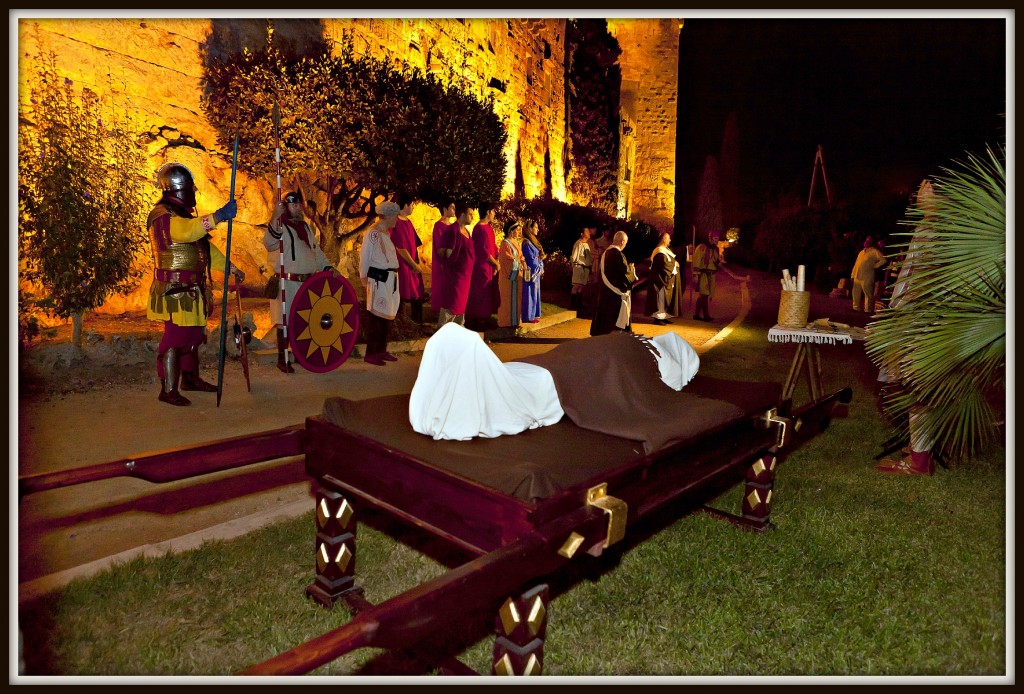The concept dark tourism was described on the 90’s; however, tourism associated to death has always existed. It is closely tied to the inner attraction the human being has always had towards the concept of death; a sort of slightly irrational attraction, given the fact that it actually affects everyone with no possible solution or remedy. It might have something to do with respect or morbidity: it depends on each one of us.
Tours to those places where someone died, or where their remains are buried, have been occurring for centuries; tortures, sacrifices, and public executions have always been a kind of entertaining show; prisons, battlefields, extermination camps, have been integrated to the long list of spots of which appeal is about suffering and people’s death. Disaster or misfortune has been turned into tourist merchandise.
Death’s tourism has a wide variety of examples, depending on the visited resource, o even, on the level of action the tourist is ready to achieve. In most cases, it is related to a type of cultural, ethnographic tourism, since society’s history and behaviour is only understandable throughout loads of deaths; although, in certain occasions, it can even be related to adventure tourism.
What motivations may lead to visiting death-related spots? Each person will have their own ones, obviously. Here’s some:
– To understand the current political situation, to get to know more about the past, and to learn for the forthcoming events.
– The romanticism of someone who enjoys walking around cemeteries, or who imagines himself in a battlefield.
– The proof of how far human cruelty can get. The visitor usually experiences both compassion towards the victim, and rejection against brutality (holocaust, Inquisition…).
– The horror related to a certain identity, as with the Jewish community.
– The moral decline: extreme poverty living together with opulence.
– The mystic experience many Americans may get when visiting Ground Zero, or slave’s descendants in the place where their ancestors used to live.
– The spiritual experience that affects transversely, with no relation to the visitor’s origin, when thinking about other people’s suffering.
As it is easy to see, death’s tourism has a very intense moral and ethic component attached. Where is the limit?
Limits have to do with each one’s decision, including both the offer and the demand. A key factor in order to differentiate what is and what is not acceptable might be the chronological distance; but also, the social and geographical.
Are we affected in the same way by a gas explosion causing one dead in a neighbour city, than by a bomb car’s explosion in a foreign country even when causing hundreds of them? Let’s make ourselves the very same question with car accidents, fires, earthquakes, etc. In my mind, there’s a very simple reflection: in death, same as in life, there are classes.
In order to make obvious that the value given to life (and death) is what will make us accept or not a tourist product related to death, I’m going to end with a couple of examples:
1. In the United States of America, real recreations of the American Civil War are successfully carried out, using hundreds of extras, cavalry, and armoury moving about the way they did about 150 years ago. In Gettysburg, 50,000 men died in the battlefield. Nowadays, a spectacular recreation is performed, which gives visitors history and military tactics knowledge; and, of course, generates huge income. In Catalonia, interpretation centres regarding the Ebro Battle on the Spanish Civil War have been created. Can we think of a similar tourist product? And how about certain areas in Spain?
2. London gets phenomenal tourist efficiency out of Jack the Ripper’s myth. There are guided tours going through the East End streets, and the buildings where he savagely killed 4 women in the late 19th century. Moreover, let’s not forget about the aura of mystery provided to the literature and cinema industry: a very successful tourist product. Could we think of something similar that would recreate the agony experienced by the “Alcàsser little girls”?
All this leads us to state that there will always be motivations for new tourists and new products around death. Basically, since each one of us choses the limits of what is, and what is not acceptable.
Joaquim Queralt is a president of “Associació de Professionals de Turisme de l’Administració Local de Catalunya” (APTALC) and professor in the “Facultat de Turisme i Geografia de la URV”.
* Translated by Artur Santos




